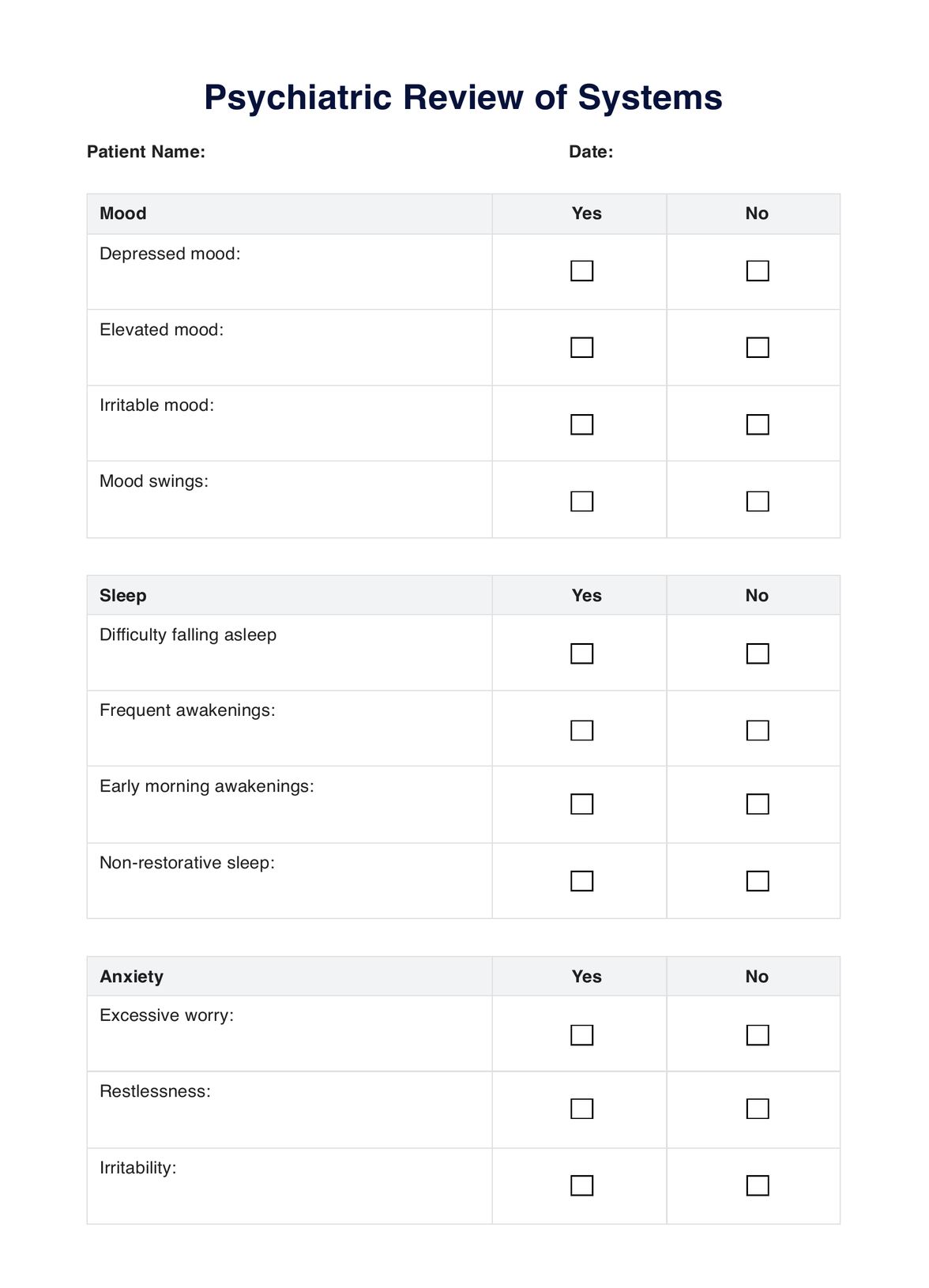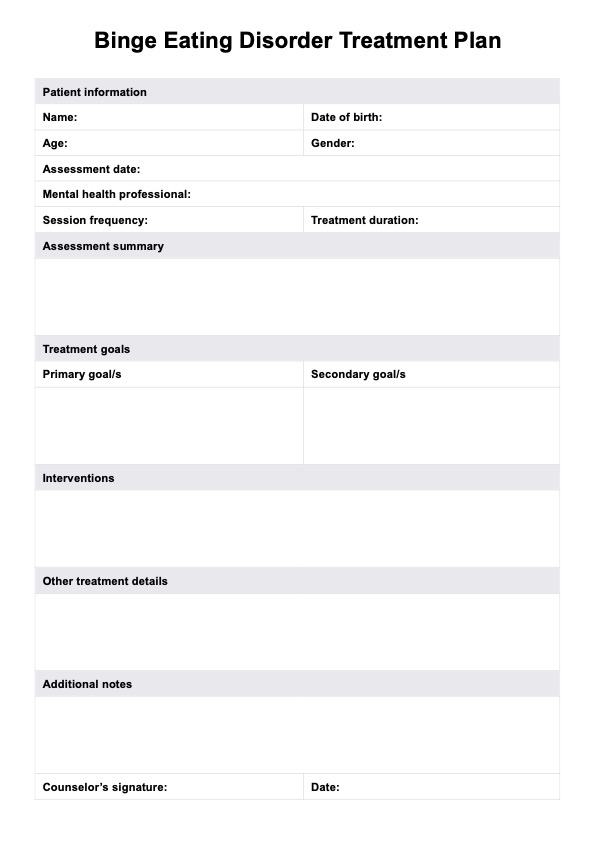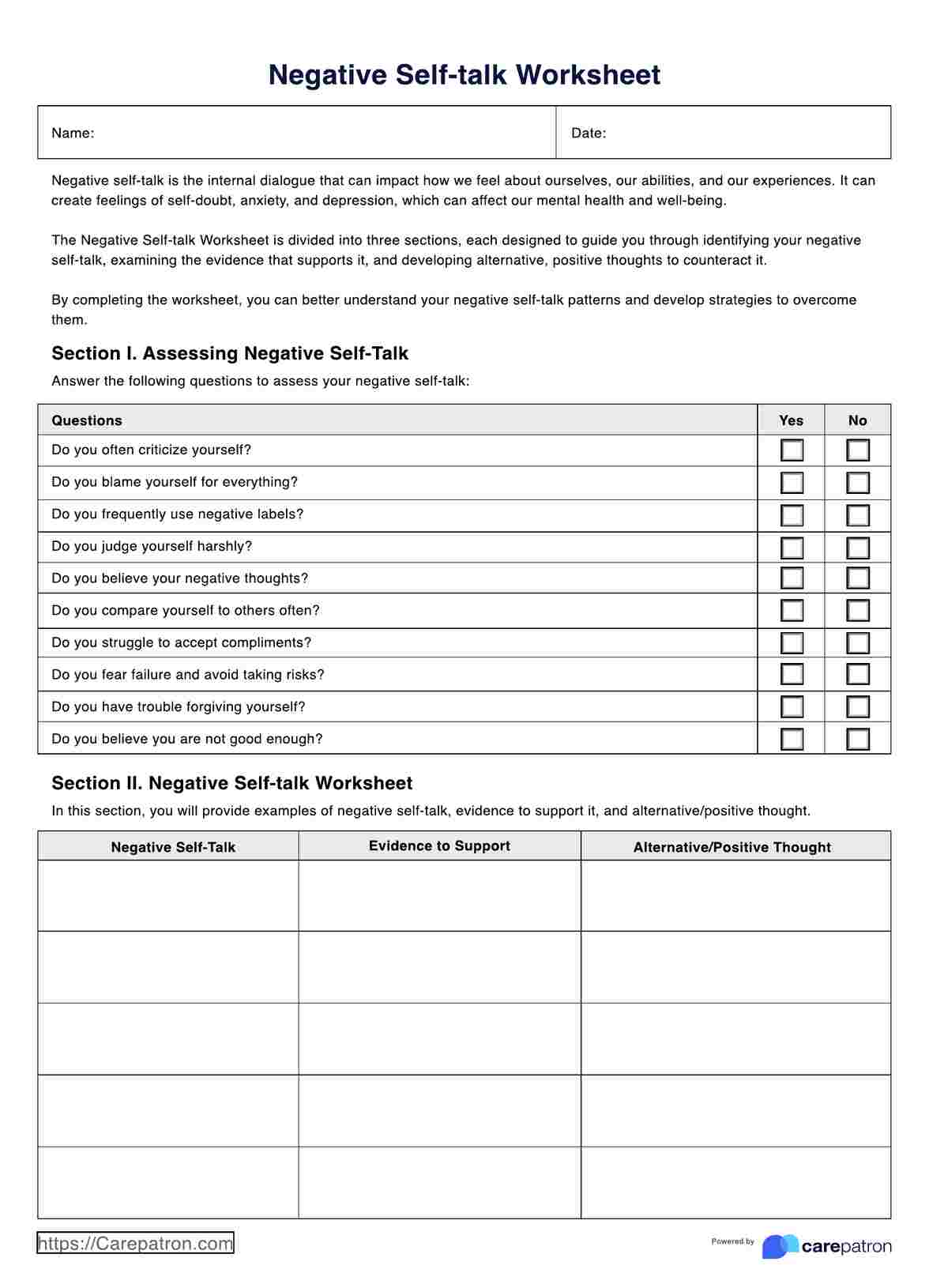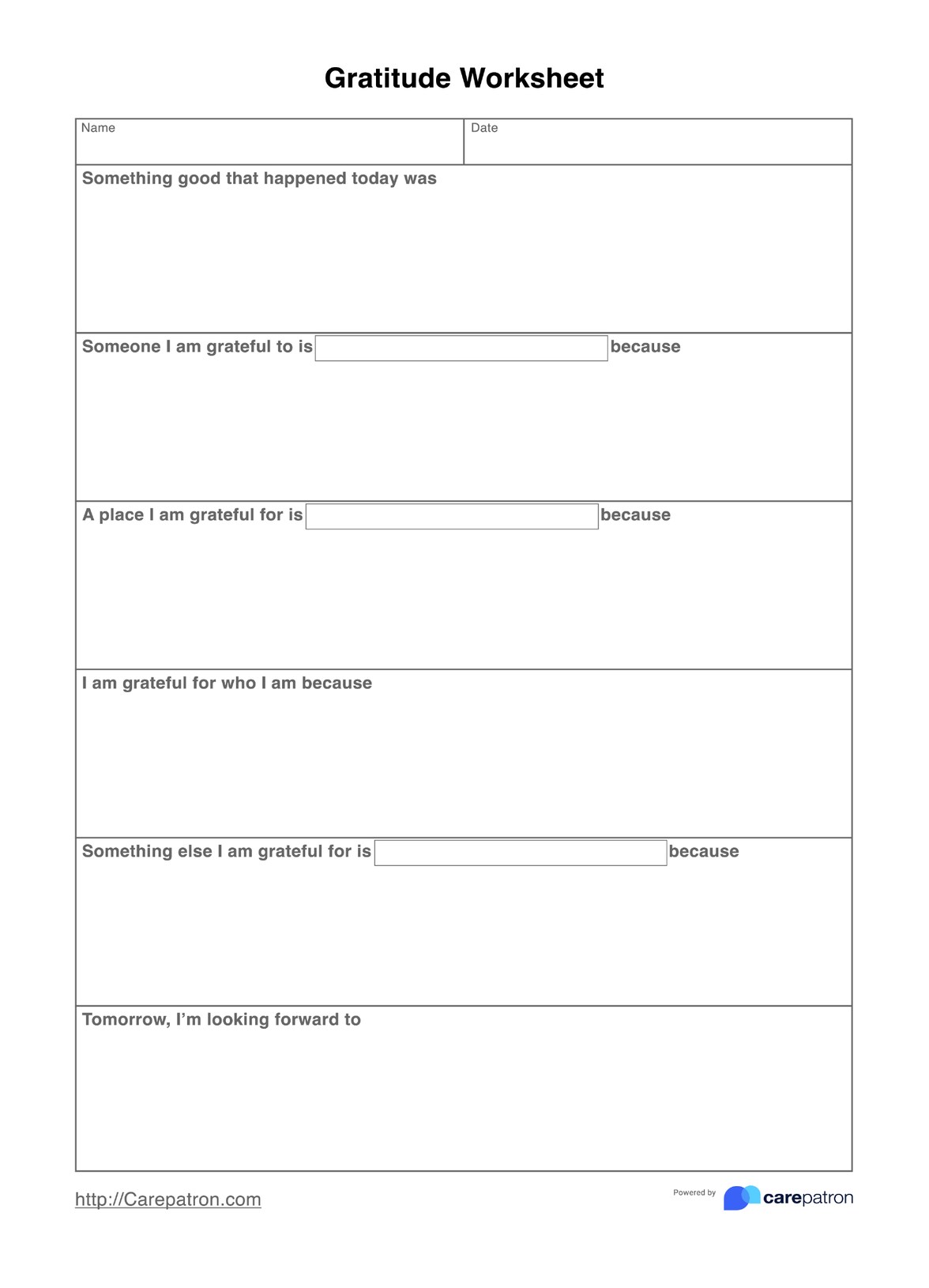Performing Tasks with Intention DBT Worksheet
Enhance productivity: Learn effective task management with the Performing Tasks with Intention DBT Worksheet. Achieve your goals efficiently.


What is Dialectical Behavior Therapy?
is a comprehensive and evidence-based therapeutic approach developed by psychologist Marsha M. Linehan. It was initially designed to treat individuals with borderline personality disorder (BPD) and has since been adapted to address a wide range of emotional dysregulation and behavioral challenges.
DBT combines cognitive-behavioral techniques with elements of mindfulness practice. It emphasizes synthesizing opposing concepts, or dialectics, to promote balance and emotional regulation. The therapy is structured into four modules: mindfulness, distress tolerance, emotion regulation, and interpersonal effectiveness.
Mindfulness, a core component of DBT, involves cultivating awareness of the present moment without judgment. It encourages individuals to observe their thoughts, emotions, and sensations without impulsivity. This practice fosters emotional resilience, allowing individuals to respond skillfully rather than react reflexively to triggering situations.
DBT's incorporation of mindfulness aligns with its aim of helping individuals manage distress, tolerate uncomfortable emotions, and develop healthier coping strategies. By being present in the moment, individuals can detach from overwhelming thoughts and feelings, enabling better decision-making and reduced reactivity. Mindfulness techniques, such as deep breathing and grounding exercises, are pivotal in helping clients remain grounded during heightened emotional intensity.
Performing Tasks with Intention DBT Worksheet Template
Performing Tasks with Intention DBT Worksheet Example
How to use the Performing Tasks with Intention DBT Worksheet:
The Performing Tasks with Intention DBT Worksheet is a powerful tool derived from Dialectical Behavior Therapy (DBT) principles. It is designed to help individuals enhance their mindfulness, intention, and effectiveness when engaging in various tasks. This worksheet serves as a structured guide for healthcare practitioners and their clients to explore their approach to studies, identify areas for improvement, and integrate mindfulness into daily activities.
Here are the steps to Use the Worksheet:
Step 1: Task Description
Begin by describing a specific task or activity you regularly engage in. This could be anything from daily chores to work-related jobs or personal hobbies.
Step 2: Intention
Clarify your primary intention or goal for this task. Consider whether your intention is related to efficiency, enjoyment, completion, or another aspect.
Step 3: Mindful Awareness
Rate your level of mindful awareness during the task on a scale of 1 to 10. Reflect on the factors contributing to your level of presence and mindfulness.
Step 4: Present Moment Focus
Evaluate if your mind wanders during the task. Describe any distractions, thoughts, or emotions that diverted your focus from the study.
Step 5: Effectiveness
Rate your effectiveness in achieving your intention on a scale of 1 to 10. Identify factors that influenced your point in completing the task.
Step 6: Obstacles and Challenges
Recognize the challenges or obstacles faced during the task. Differentiate between external factors and internal emotional or cognitive hindrances.
Step 7: DBT Skills Applied
If applicable, mention any DBT skills you applied during the task, such as Wise Mind or Radical Acceptance, and elaborate on their impact.
Step 8: Self-Validation
Discuss how you practiced self-validation during or after completing the task. Emphasize the importance of acknowledging your efforts.
Step 9: Learning and Improvement
Reflect on the insights gained from the task experience. Describe how these insights can be applied to enhance future task performance.
Step 10: Commitment to Mindfulness
Rate your commitment to integrating intention, mindfulness, and effectiveness into tasks. Consider practical steps to bolster your commitment.
Step 11: Action Plan
Based on reflections, outline specific actions or strategies to enhance intention and mindfulness during tasks in the future.
Step 12: Therapist's Feedback
If applicable, note any feedback, observations, or suggestions provided by the therapist.
Step 13: Homework
Identify a new task to focus on before the next session and complete the worksheet.
When would you use this Performing Tasks with Intention DBT Worksheet?
The Performing Tasks with Intention DBT Worksheet is a valuable resource for various scenarios to enhance task management and promote mindfulness. It is particularly effective when individuals seek to improve their productivity, focus, and overall well-being by aligning their actions with intentionality.
Daily Routine Enhancement
Incorporating the worksheet into daily routines can help individuals approach their tasks with purpose and mindfulness. Individuals can create a more fulfilling and meaningful everyday experience by setting intentions and practicing mindfulness while completing homework.
Stressful Periods
During high-stress periods, such as exams, work deadlines, or major life transitions, the worksheet can aid in managing stress and anxiety. Mindful task engagement helps individuals stay grounded and focused, enabling them to tackle challenges more effectively.
Therapeutic Settings
Mental health professionals can incorporate the worksheet into therapy sessions, including therapists, counselors, and psychologists. It can assist clients in developing healthy coping strategies, managing distress, and improving emotional regulation through intentional task management.
Workshops and Seminars
The worksheet can be used as a practical tool in workshops focusing on time management, stress reduction, and personal development. Participants can learn to apply DBT principles and mindfulness techniques to optimize their task performance.
Therapeutic Settings
Mental health professionals, such as therapists and counselors, can integrate the worksheet into their sessions as a part of Dialectical Behavior Therapy (DBT) interventions. It aids clients in addressing emotional dysregulation, anxiety, or depression by fostering mindfulness and structured task engagement.
Education
Students can use the worksheet to enhance their study habits and critically approach assignments. Incorporating mindfulness into studying can improve concentration and information retention.
Goal Achievement
Individuals striving to achieve personal or professional goals can utilize the worksheet to break down their goals into actionable tasks. Setting intentions and practicing mindfulness throughout the journey enhances focus and perseverance.
What are the benefits of using this Performing Tasks with Intention DBT Worksheet?
Enhanced Task Engagement and Focus
The worksheet promotes mindfulness, enabling individuals to engage fully in tasks, minimizing distractions, and improving overall focus. This is aligned with research findings that mindfulness interventions enhance attention and cognitive performance (Jha, Krompinger, & Baime, 2007).
Reduced Stress and Anxiety
Incorporating mindfulness techniques aids in stress reduction and anxiety management. Mindfulness practices contribute to decreased symptoms of anxiety and improved emotional regulation.
Improved Goal Achievement
Setting intentions for each task helps individuals connect with their purpose, increasing motivation and boosting goal achievement rates. By approaching tasks with intention and mindfulness, users can optimize their productivity. They are less likely to get overwhelmed, and focusing on the present moment leads to more efficient and practical work.
Enhanced Emotional Regulation
Practicing mindfulness while performing tasks allows individuals to observe and regulate their emotions more effectively. Research by Chambers et al. (2009) indicates that mindfulness-based interventions lead to better emotional regulation and reduced reactivity. Users learn to navigate tasks without succumbing to emotional reactivity, enhancing their resilience and coping skills.
Effective Time Management
By applying intentional mindfulness to tasks, individuals can make more informed decisions about task priorities, resulting in better time management. Incorporating intentionality allows users to allocate time more efficiently to each task. This prevents procrastination and helps individuals make the most of their available time.
Integration into Therapy
For healthcare professionals, the worksheet is a practical tool in therapy sessions. It aligns with Dialectical Behavior Therapy (DBT) principles and aids clients in emotion regulation, as outlined in research by Linehan (2015).
Commonly asked questions
The worksheet enhances task management by combining mindfulness and intentionality. It helps you break down tasks, stay focused on the present moment, regulate emotions, reduce stress, improve productivity, and achieve goals purposefully.
Absolutely. The worksheet is versatile and applicable to various contexts. It's useful for personal development, mental health therapy, stress management, workplace productivity, and more.
The worksheet's principles of intentionality and mindfulness can complement various therapeutic modalities. It can enhance cognitive-behavioral therapy, positive psychology, and other approaches that align with self-awareness and goal-setting.
The worksheet is versatile and beneficial for a range of individuals. It's suitable for anyone aiming to improve task management, practice mindfulness, and achieve goals with intention. Individuals dealing with stress, time management challenges, procrastination, and emotional dysregulation can find value in using this worksheet.


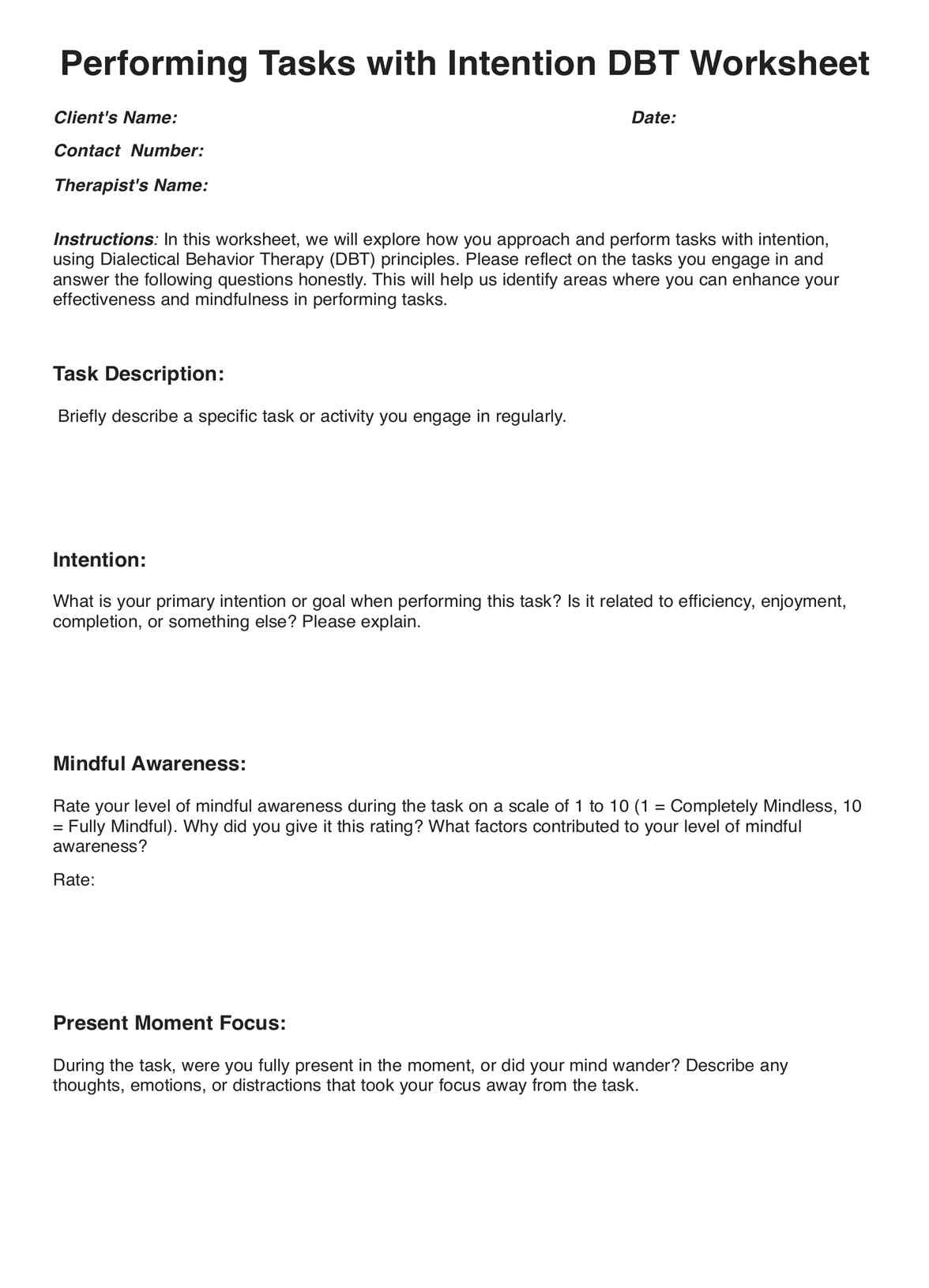
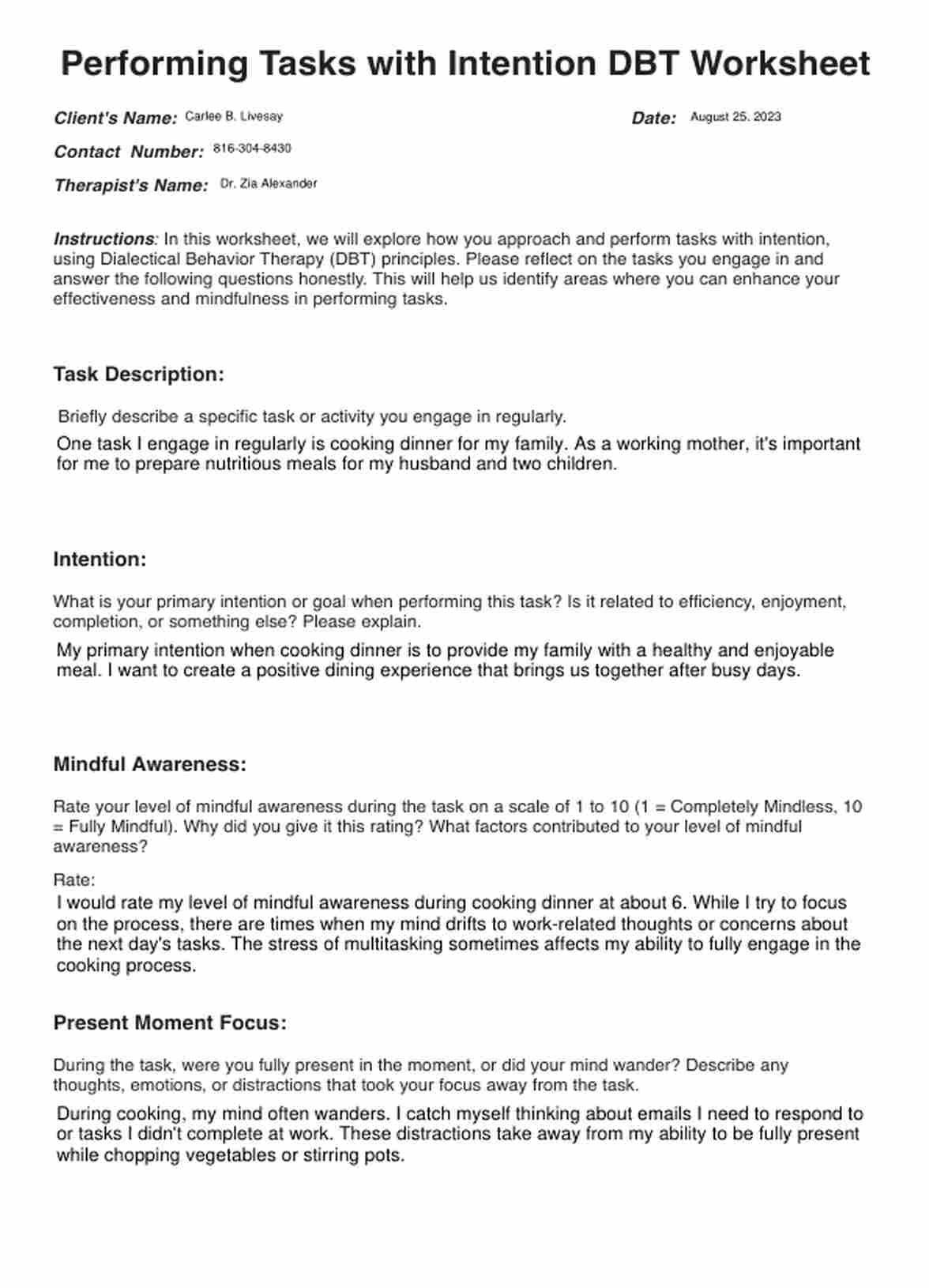









-template.jpg)






























































































